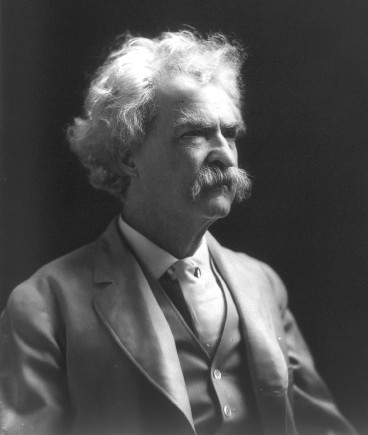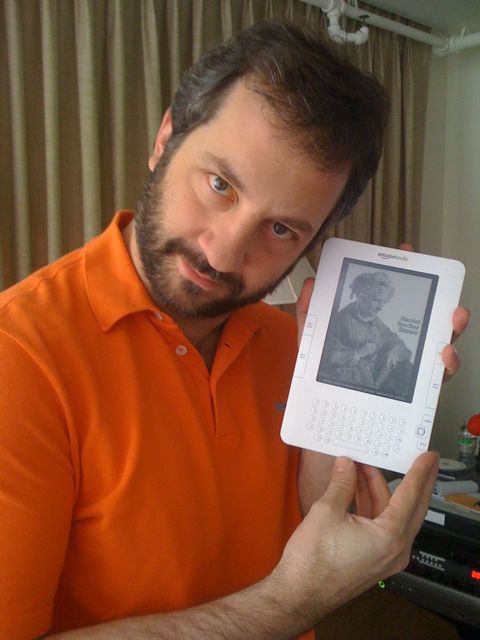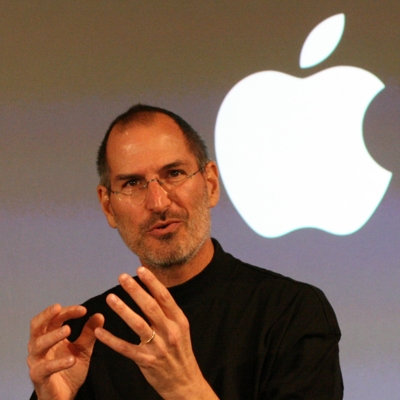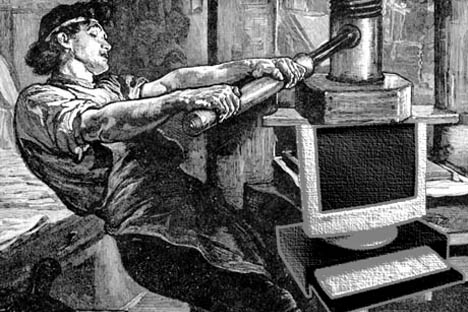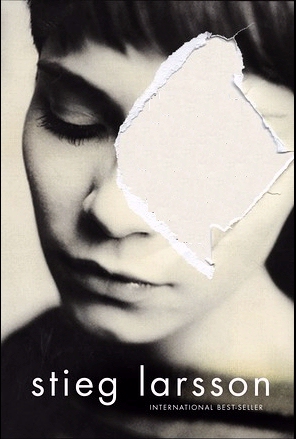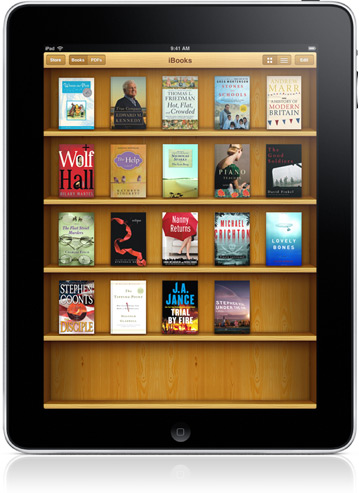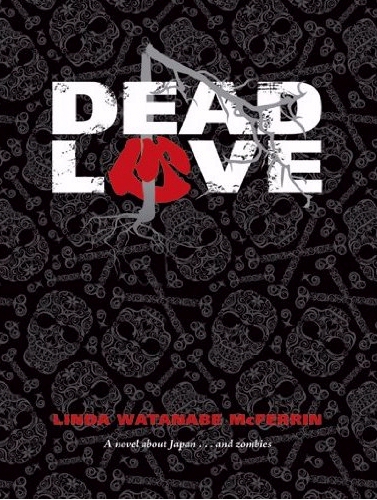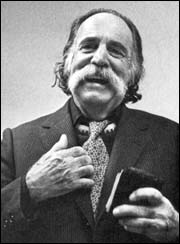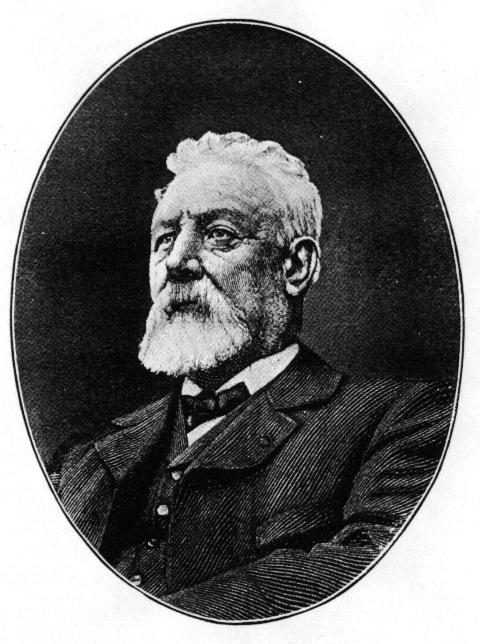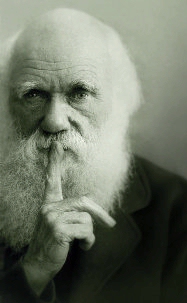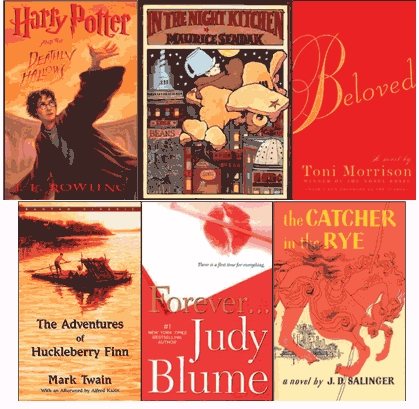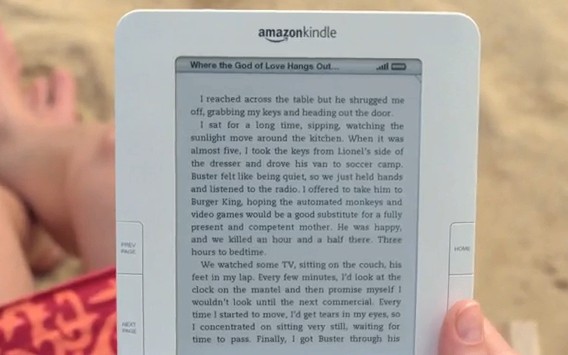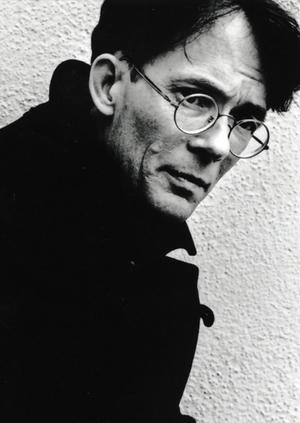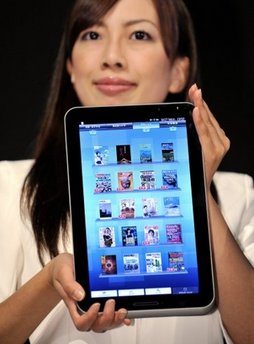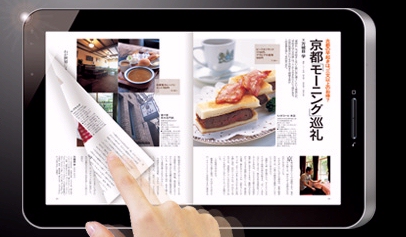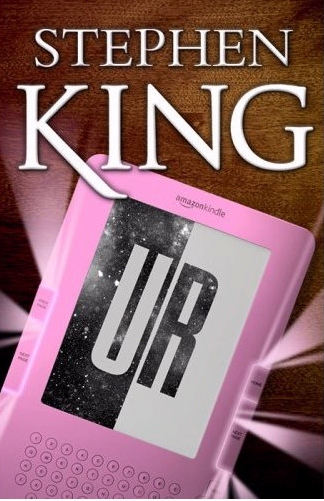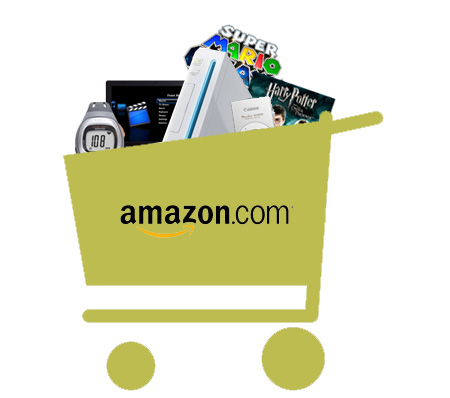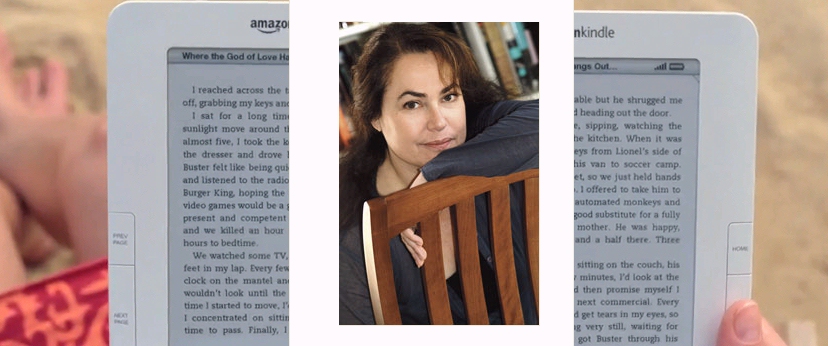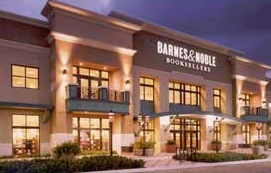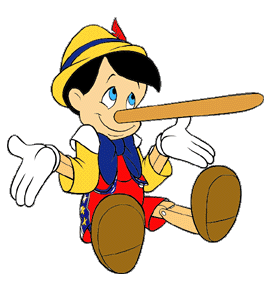Recently I wrote about Mark Twain’s unfinished sequel to his great novel, Adventures of Huckleberry Finn. But I forgot to mention that he also wrote and published two more novels about Tom Sawyer and Huckleberry Finn — and they’re both available in Amazon’s Kindle store as free ebooks!
When Mark Twain was 61 years old, he picked up his pen again to write Tom Sawyer, Detective. The year was 1896, and detective novels had become immensely popular in America, but Twain offered a new twist. Not only was his detective the mischievous Tom Sawyer, but the book’s narrator was the humble and uneducated Huckleberry Finn.
“The frost was working out of the ground, and out of the air, too, and it was getting closer and closer onto barefoot time every day; and next it would be marble time, and next mumbletypeg, and next tops and hoops, and next kites, and then right away it would be summer and going in a-swimming. It just makes a boy homesick to look ahead like that and see how far off summer is…”
It’s fun to see Mark Twain revisiting his famous characters. (He’d originally dreamed up Tom Sawyer using his own childhood memories, combining three boys he’d remembered, and basing Huckleberry Finn on a fourth.) “Most of the adventures recorded in this book really occurred,” Twain wrote in the original preface to The Adventures of Tom Sawyer. And he’d show the same sentimental attachment to his characters in his detective story.
But this time its plot came from a real-world crime. “Strange as the incidents of this story are,” Twain writes in the introduction, “they are not inventions, but facts — even to the public confession of the accused. I take them from an old-time Swedish criminal trial, change the actors, and transfer the scenes to America. I have added some details, but only a couple of them are important ones…”
Surprisingly, Twain himself was also fond of detective stories. Twenty years earlier, he and Bret Harte co-authored a play together with a story which included “a supposed murder, a false accusation and a general clearing-up of mystery,” according to this excerpt from Twain’s official biography (which is also available as a free ebook). But he was also fond of parodies. At the age of 59 Twain wrote another story about the daring young boys called Tom Sawyer, Abroad — which, according to Wikipedia, is a parody of Jules Verne’s stories.
Tom and Huck (this time, accompanied by Jim the former slave) take a wild expedition around the world in a balloon, with Huckleberry Finn doing the narrating. (“Do you reckon Tom Sawyer was satisfied after all them adventures… No, he wasn’t.”) It’s an interesting hodgepodge of Twain’s favorite themes, since his first famous book was a humorous report on his travels through Europe, The Innocents Abroad or The New Pilgrims’ Progress.
But I recommend a different book if you’re looking for a deeper peek into the heart of Mark Twain. In 2002 the University of California published his unfinished sequel to Huckleberry Finn. But since it was only nine chapters long, they’d expanded the book to include his very poignant nonfiction memories of the people he’d grown up with. For example, he’d written, but never published, a remembrance of his mother, Jane Lampton Clemens. And the book also includes Twain’s personal recollections of all the people he remembered from the village where he spent his childhood between 1840 and 1843.
“Captain Robards. Flour mill. Called rich… Disappointed, wandered out into the world, and not heard of again for certain. Floating rumors at long intervals that he had been seen in South America (Lima) and other far places. Family apparently not disturbed by his absence…”
And amazingly, this book also includes fragments from two more unfinished sequels to Tom Sawyer — Tom Sawyer’s Conspiracy (which at least has a finished plot), and a remarkable story called Schoolhouse Hill in which Tom, Huck and Jim actually meet the devil! Mark Twain is probably one of America’s best-loved authors. But because of that, book lovers have carefully preserved some of his most interesting lost works!
